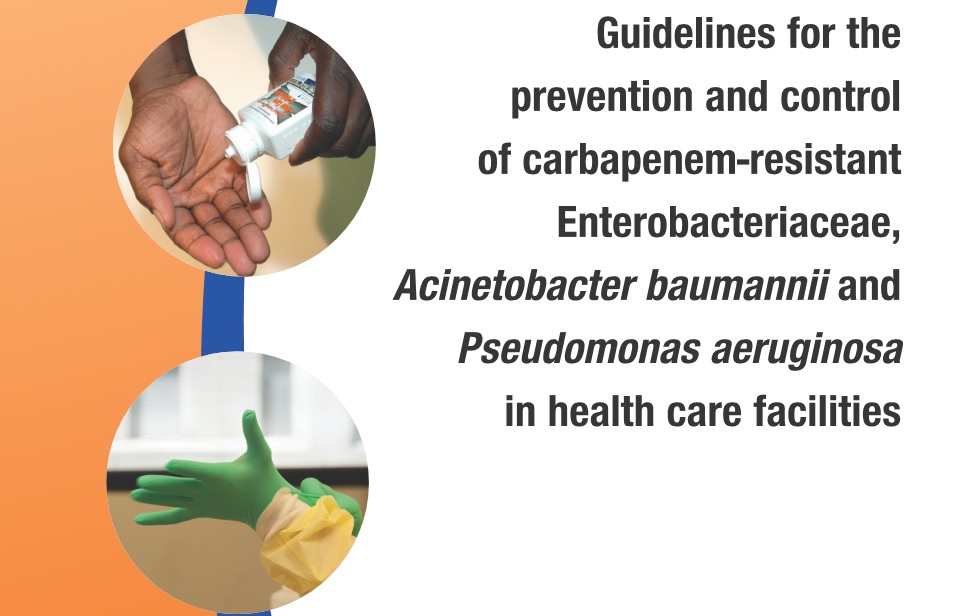
The picture above is taken from the world Health Organisation guidelines on preventing CPE infections.
Carbapenemase-Producing Enterobacteriaceae (CPE) are Gram-negative bacteria that are resistant to the carbapenem class of antibiotics, considered the drugs of last resort for such infections.
Every healthy person has bacteria in their gut, they do no harm in your gut and help you digest your food. But these bacteria can cause infections if they get into the blood.
Patients who have CPE in their body do not need to be treated as these bacteria live harmlessly in the gut without causing problems. But if you have an infection caused by CPE, you will need antibiotics to treat it.
CPE infections can be difficult to treat. It is very important to know that someone is carrying CPE so that if an infection starts, medical staff can quickly find the right antibiotic to treat it.
If your screening test for CPE is positive, it means you are carrying CPE bacteria. This means you have the bacteria in your gut. This does not normally cause problems for people who are f it and healthy and it might not make you ill.
The most important thing you can do to stop infection is to wash your hands well with soap and water after going to the toilet. You can also use alcohol based hand rub. Make sure you do not touch any of your medical devices such as urinary catheters or intravenous drips. This will lower the risk of you getting an infection caused by CPE. All visitors must wash their hands when they enter and leave your room.
If a relative or friend is helping care for you at home, they need to wash their hands with soap and water before and after they give care to you.
Bed linen, clothes, and other laundry can be washed as normal. If you go back into hospital or another healthcare environment, it is important that you let the staff caring for you know that you have had a positive test for CPE in the past. This will make sure that you are tested again and receive the best care to prevent the spread of CPE and to reduce the risk of you developing a CPE infection.
CPE is also known to exist in the environment within a hospital and so there will be engineering issues to manage as the same time as human issues. These environmental issues are equally important if the hospital does not wish to have a “reservoir” of CPE within the building.
These environmental issues can be managed with good hygiene practices and if you want to know more about how to manage CPE in the environment then contact Collaton Consultancy.
EMAIL US NOW